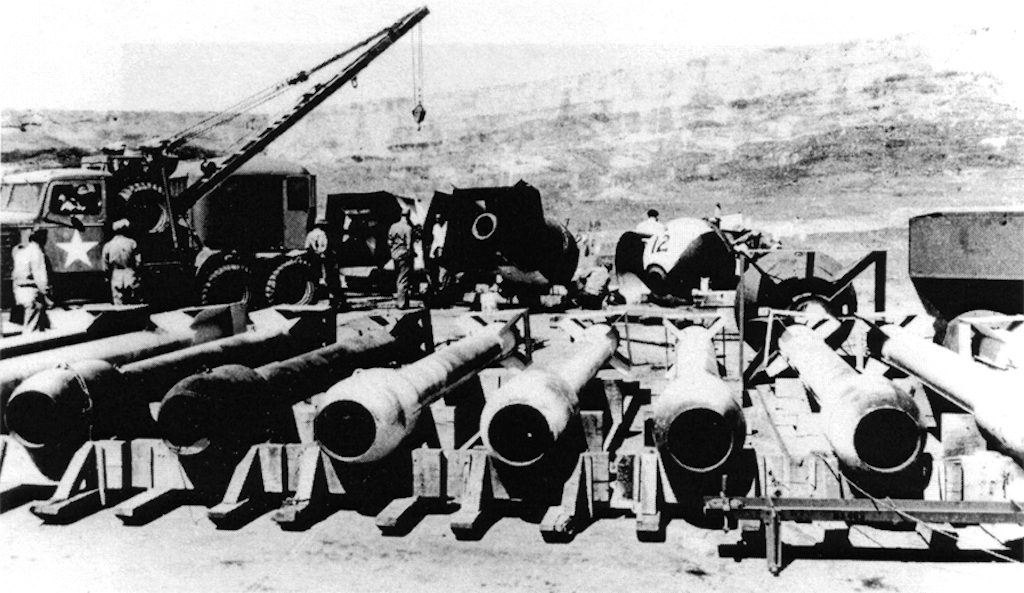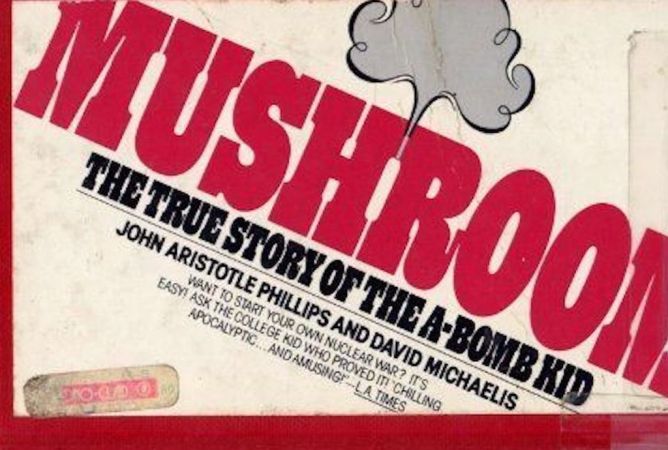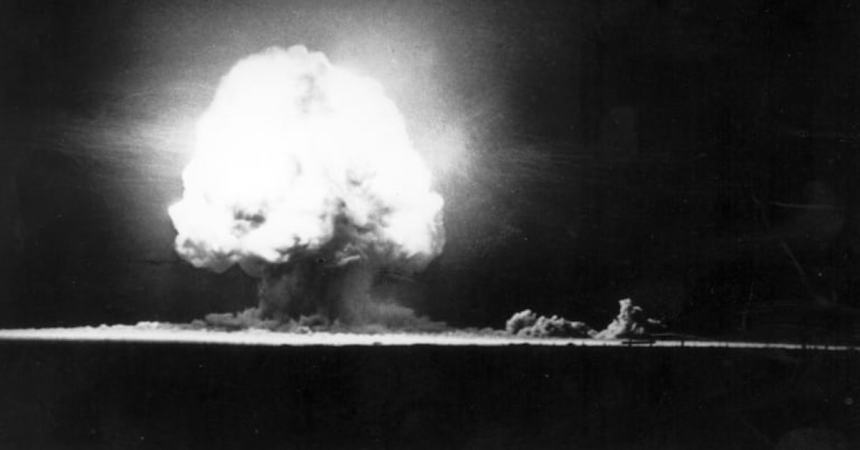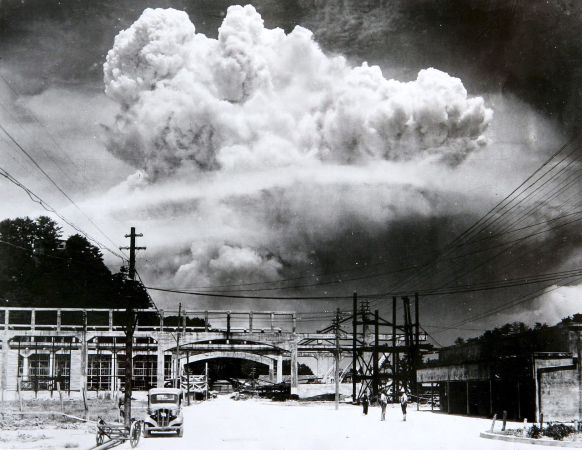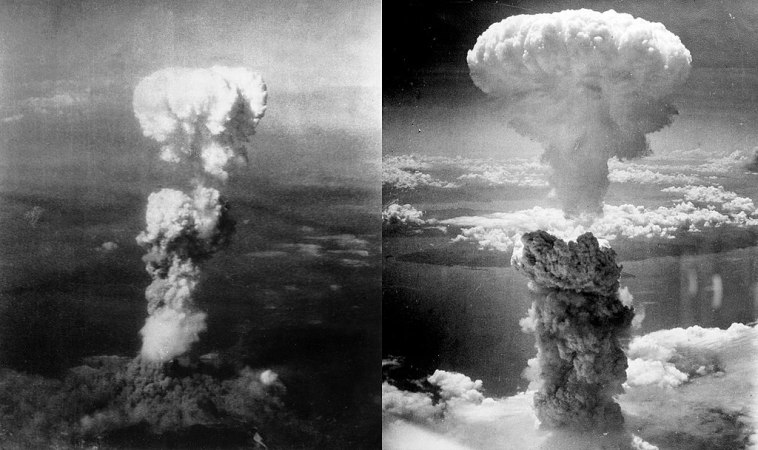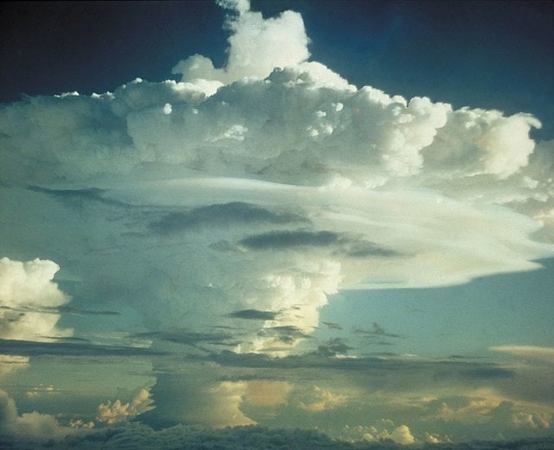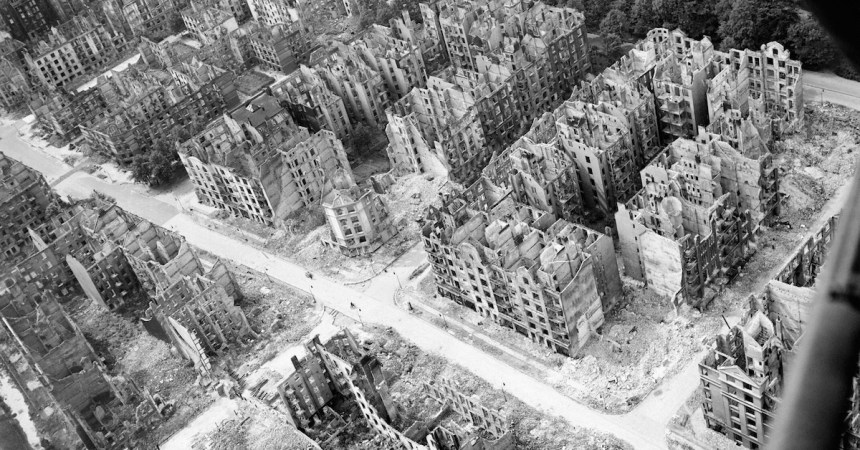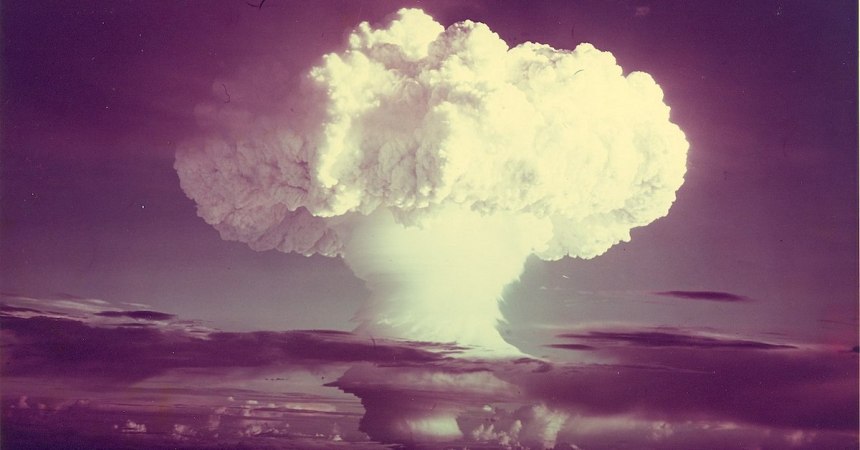America paid massive costs to build the atomic bombs in the Manhattan Project. It started in response to German efforts to build atomic weapons. We researched, invested in, and built the bombs to prevent an existential threat from a fascist regime. Of course, Germany ended up not having the resources to develop the bomb. And it dropped out of the war before the bombs fell. And so Truman decided to use the weapons to avoid an invasion of Japan.
Historians argue over how influential the bombs were in Japan’s decision to surrender.
But what did America pay to develop this weapon? How much did the two atomic bombs cost when compared to, say a planeload of conventional bombs?
A lot. It cost a lot. It cost about 20 metric tons of $100 bills, or $2 billion.
The insanely expensive start of atomic weapons: The Silver Program
Scientists only knew about isotopes for about 30 years and neutrons for 10 years before President Franklin D. Roosevelt greenlit the Manhattan project in January 1942. It was only in 1939, less than three years before the start of the Manhattan Project, that German scientists discovered uranium fission.
So, scientists and engineers in 1942 stared down a long and tough road. They needed to prove a number of their hypothesis, and they needed the uranium and plutonium to prove their theories and to build the eventual weapons.
That started with electromagnets, typically made with copper. But soldiers needed their ammunition wrapped in copper, so the government decided to use silver instead. To create the wire coil for the magnets and for other tools and instruments, the government transferred 14,000 tons of silver to the Manhattan Engineering District.
This transfer was called the Silver Program, and it was just the start.

Workers for the Manhattan Project
Another major line item of the effort was the personnel needed. Eventually, at least 125,000 people worked directly for the Manhattan Engineering District and Manhattan Project. But the military couldn’t risk such a large project having a large and obvious footprint. And it knew that it couldn’t effectively keep that many people quiet.
So it didn’t tell many of the workers what they were working on. Instead, leaders split development of key components across multiple new sites, pre-existing factories, and subcontractors.
This allowed the Manhattan Engineering District to keep many of the workers in the dark as to what they were working on. It drove up cost and complexity for the atomic bombs, sure, but the decision greatly assisted in secrecy.
Building the sites and the atomic bomb
As the need for sites and personnel ballooned, the Army Corps of Engineers was called in to prepare sites and construct the production facilities. Sixty percent of the 1943 budget for the program, $54 million, went directly to the Corps of Engineers for the program.
Three major research sites got built: Oak Ridge National Laboratory, Tennessee; the Hanford Site, Washington; and Los Alamos National Laboratory, New Mexico.
At the Los Alamos, New Mexico, facility, the teams tested their first nuclear device. In the pre-dawn hours of July 16, 1945, the Alamogordo Bombing Facility lit up like the sun had suddenly come up early.
The Atomic Age had begun. Stockpiled supplies of uranium and plutonium were quickly assembled to create two more devices, and Truman approved their use against the Empire of Japan. But the atomic bombs had one more cost to exact. Over 270,000 people died in Hiroshima and Nagasaki, including those who perished of cancers caused by the weapons.


